Scope 8 inspection
Make your electrical installation safe and insurable!
Are you looking for a Scope 8 inspection to ensure the fire safety and insurability of your electrical installations?
Our certified inspectors identify fire risks and ensure compliance with insurer requirements.
Request a Scope 8 inspection today to create a safer working environment.
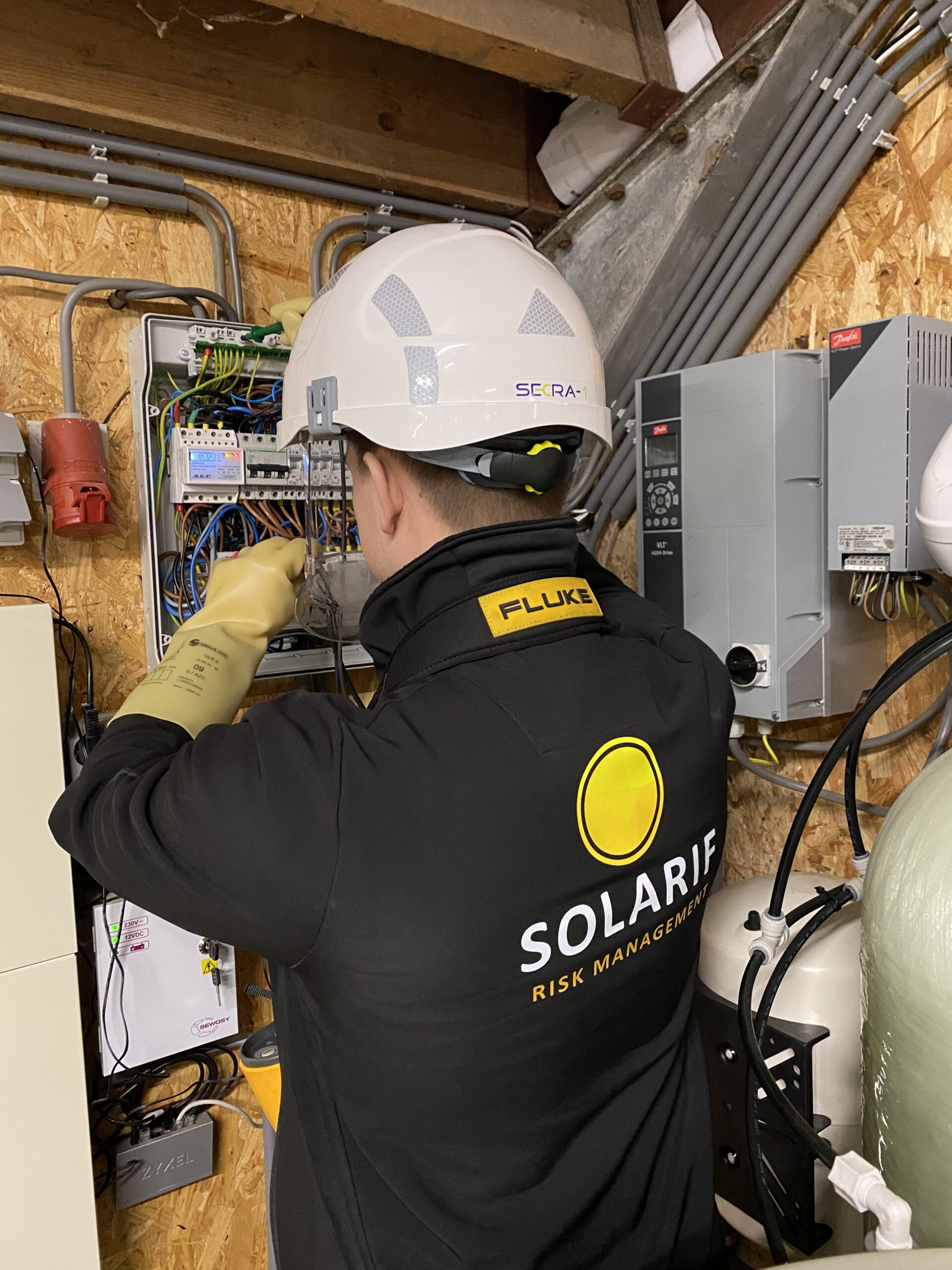
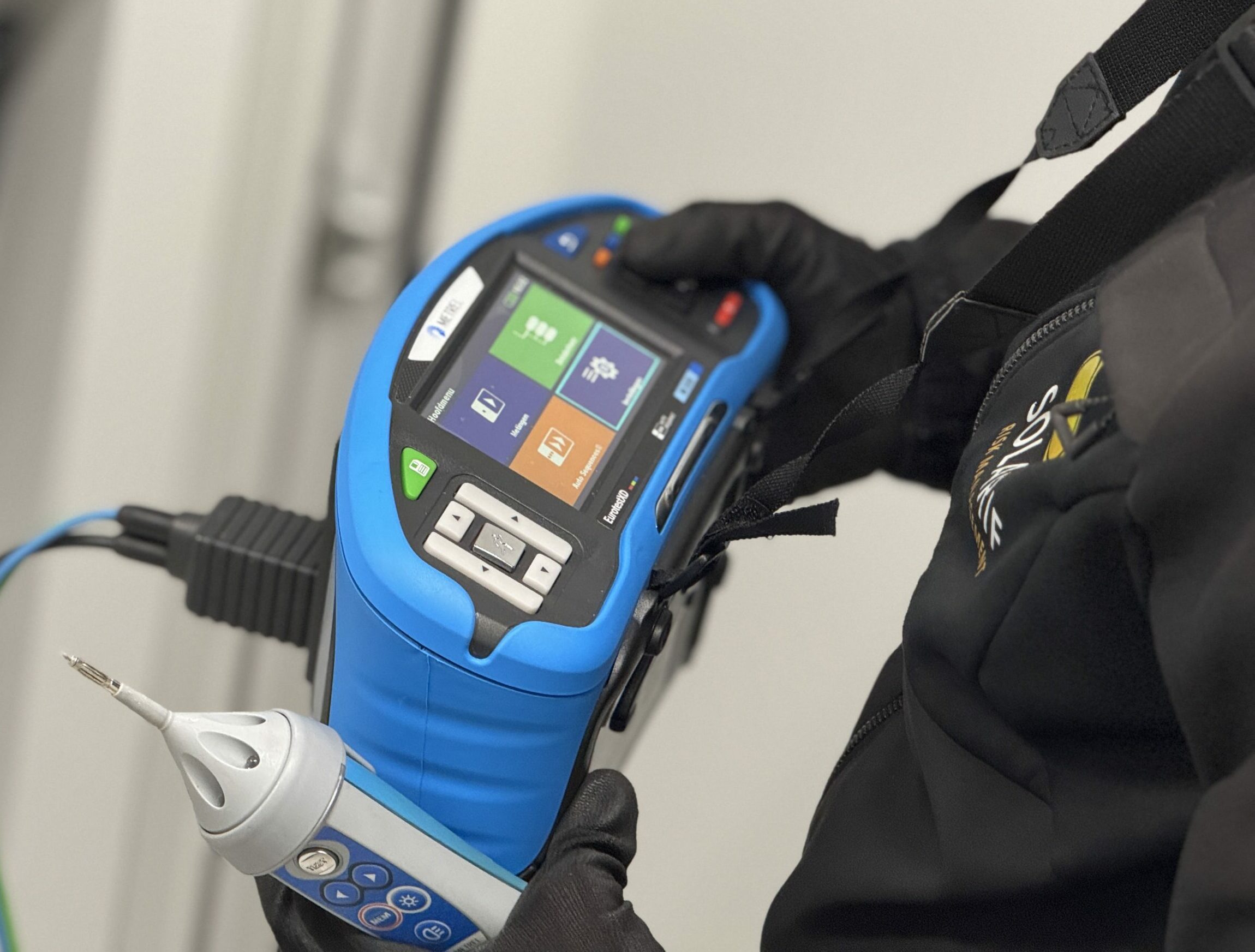
What is Scope 8?
A Scope 8 inspection assesses the fire risk of electrical installations and connected equipment.
A certified SCIOS Scope 8 inspector conducts the inspection according to the NTA 8220 standard, which is designed to evaluate fire hazards in electrical systems.
A Scope 8 inspection provides insight into fire safety and ensures compliance with insurance and safety standards.
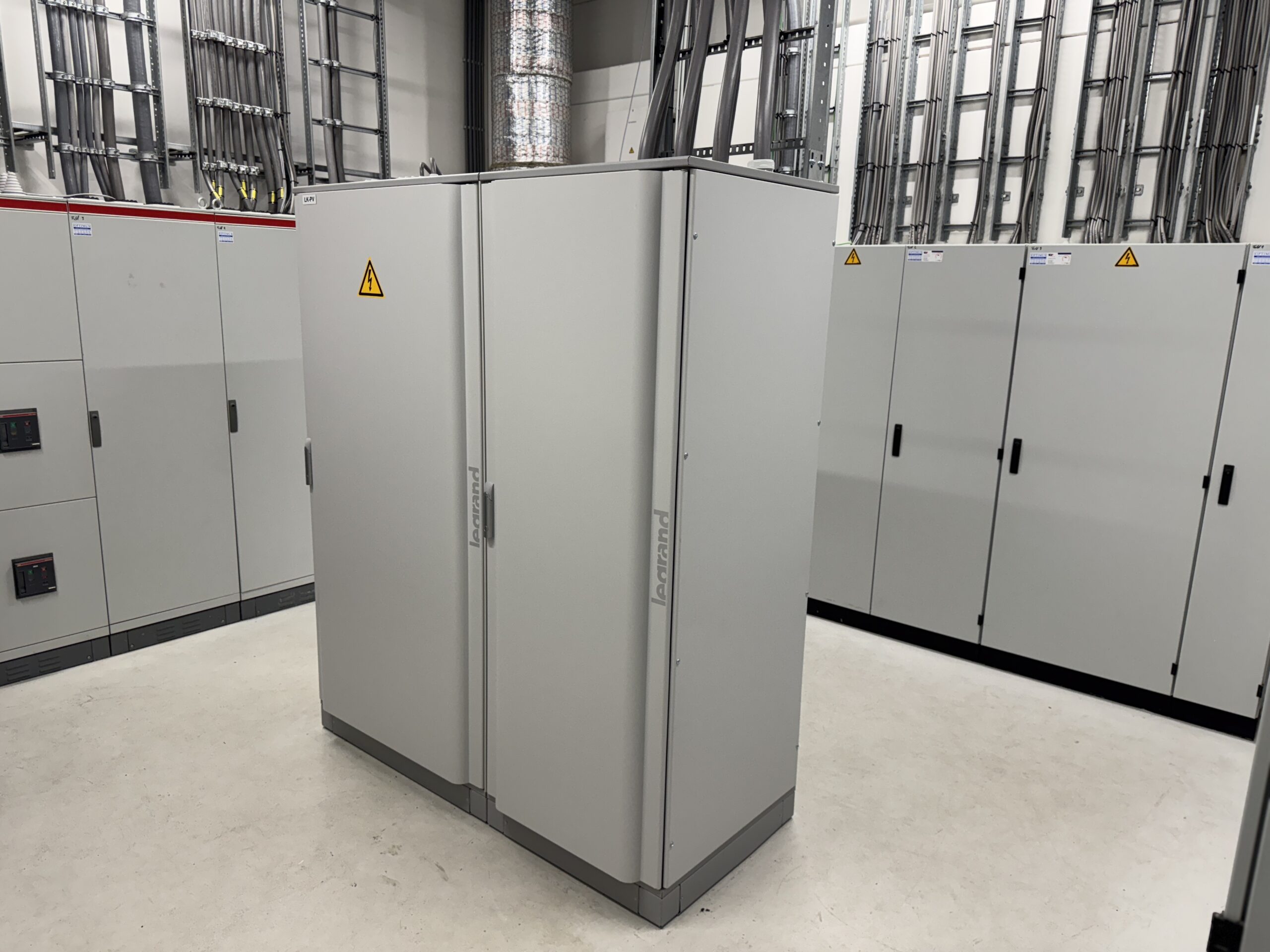
Why a Scope 8 Inspection?
Mandatory for certain sectors
Comply with the Occupational Health and Safety Act and avoid liability risks.
Required by many insurers
Without a valid Scope 8 inspection, it can be difficult to get property insurance.
Minimizing fire risks
More than 25% of company fires occur due to electrical causes.
Clear insight
You receive a clear report with points for improvement and recommendations.
Scope Inspections and NEN 3140: Focus and Requirements
| Inspection | Focus on: | Legally required? | Requirement insurer? |
| Scope 8 | Safety and maintenance of installations | Yes, for certain sectors | No |
| Scope 10 | Fire safety of electrical installations | No | Yes, often required for property insurance |
| Scope 12 | Solar panel installations | No | Yes, often for insurability |
| NEN 3140 | Safe working with electricity | Yes, for employers | No |
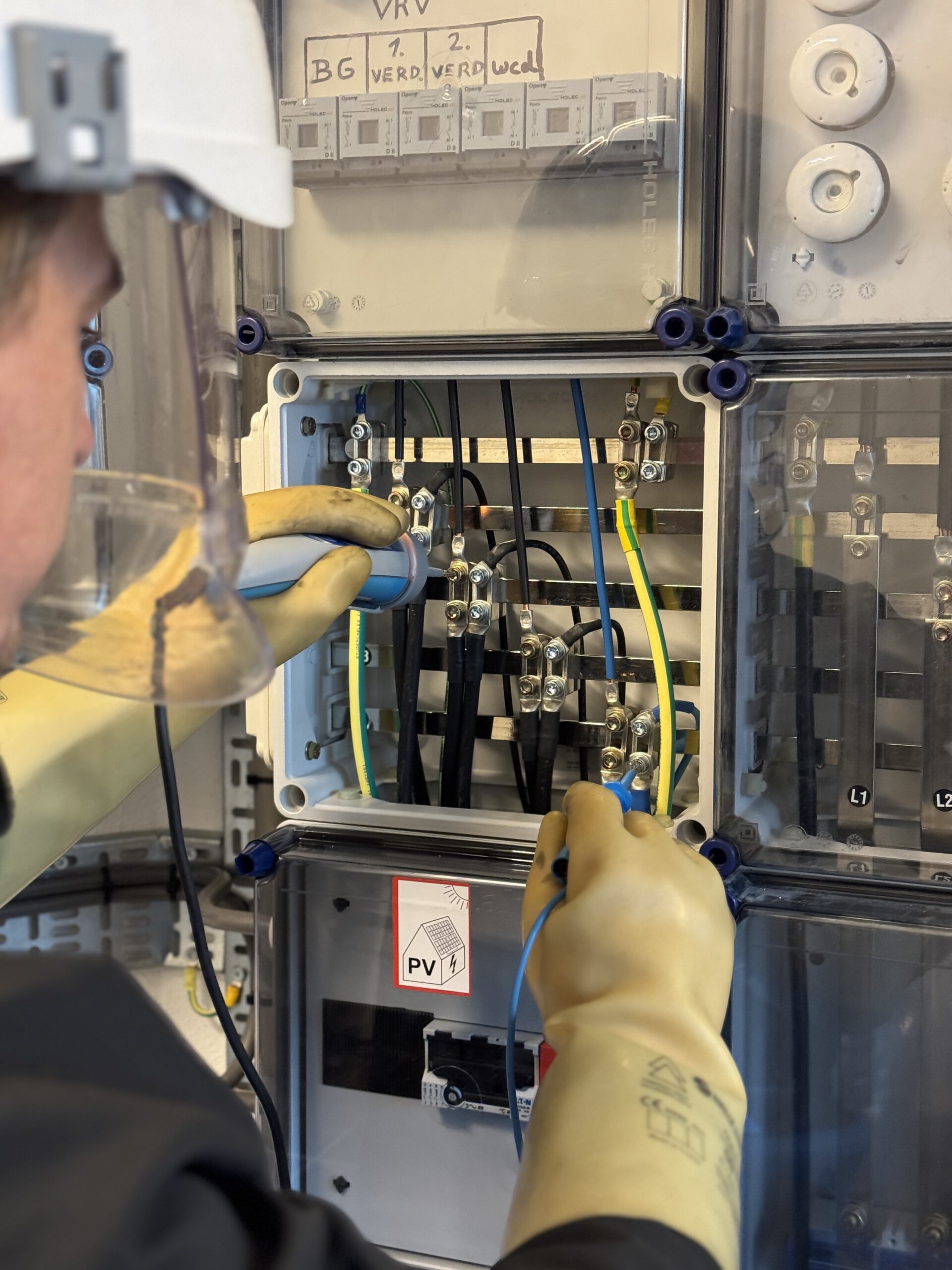
Who Needs a Scope 8 Inspection?
- SME’s & Offices
Meet insurance requirements and reduce fire risk. - Industry & Production facilities
Prevent downtime and damage due to electrical failures. - Retail & Stores
Ensure safety for customers and employees. - Logistics & Warehouses
Reduce risks in large-scale electrical systems.
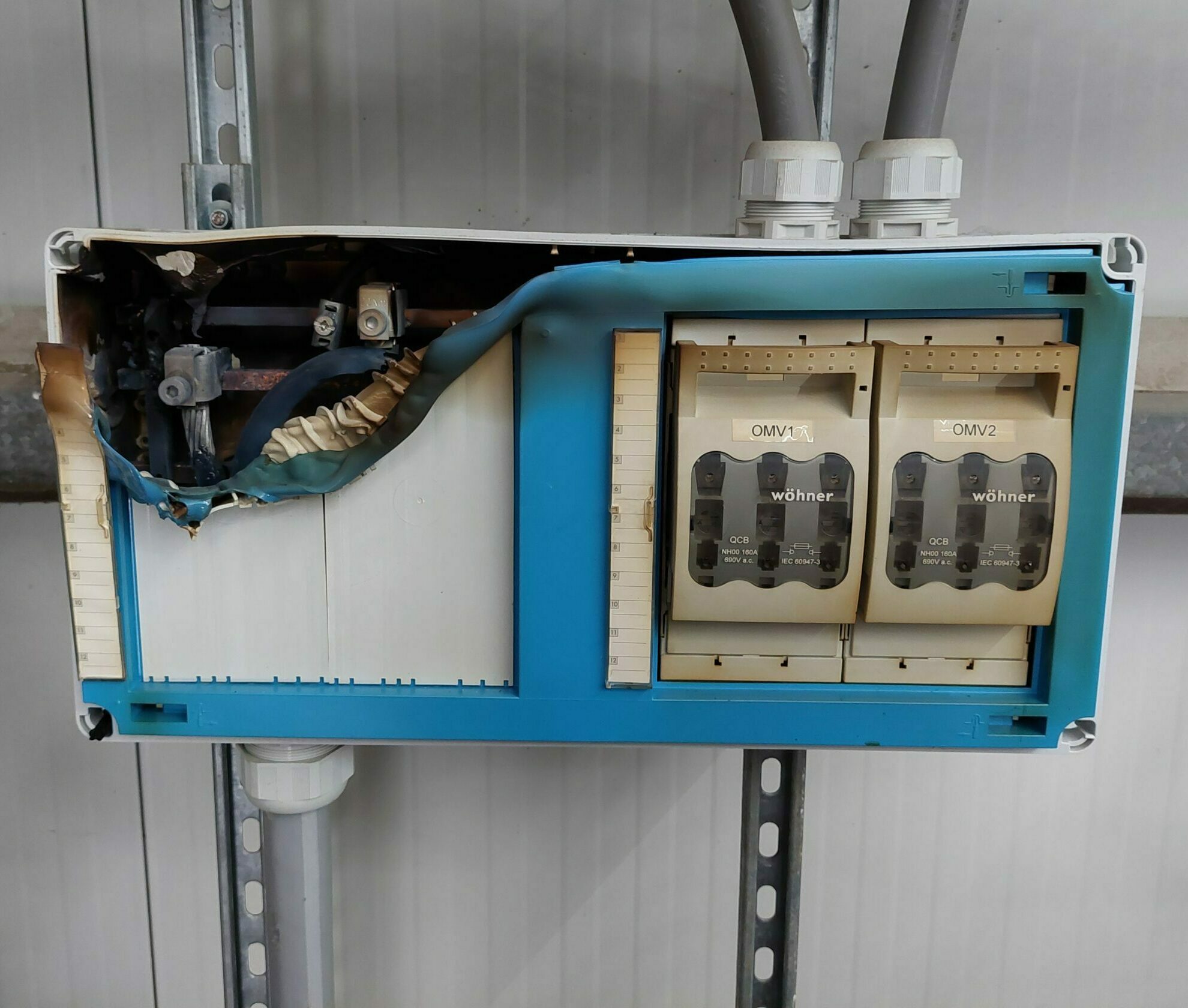
What Does Scope 8 Inspection Include?
- Visual inspection
Checking electrical installations, distribution boxes and machines in high-risk areas. - Thermography
Thermal imaging cameras detect overheating and fire hazards. - Measurements and tests
Impedance and insulation resistance measurements, inspection of earth leakage switches and assessment of earthing. - Inspection report
Clear findings and recommendations.
Case Study
Distribution center prevents outages
A Scope 8 inspection at a distribution center revealed overloads and loose connections in distribution boxes. Timely maintenance prevented fire risk and kept operations undisturbed.
Meet insurance requirements
An office complex underwent a Scope 8 inspection to meet insurance requirements. Shortcomings in the installations were resolved, resulting in approval by the insurer and a lower premium.
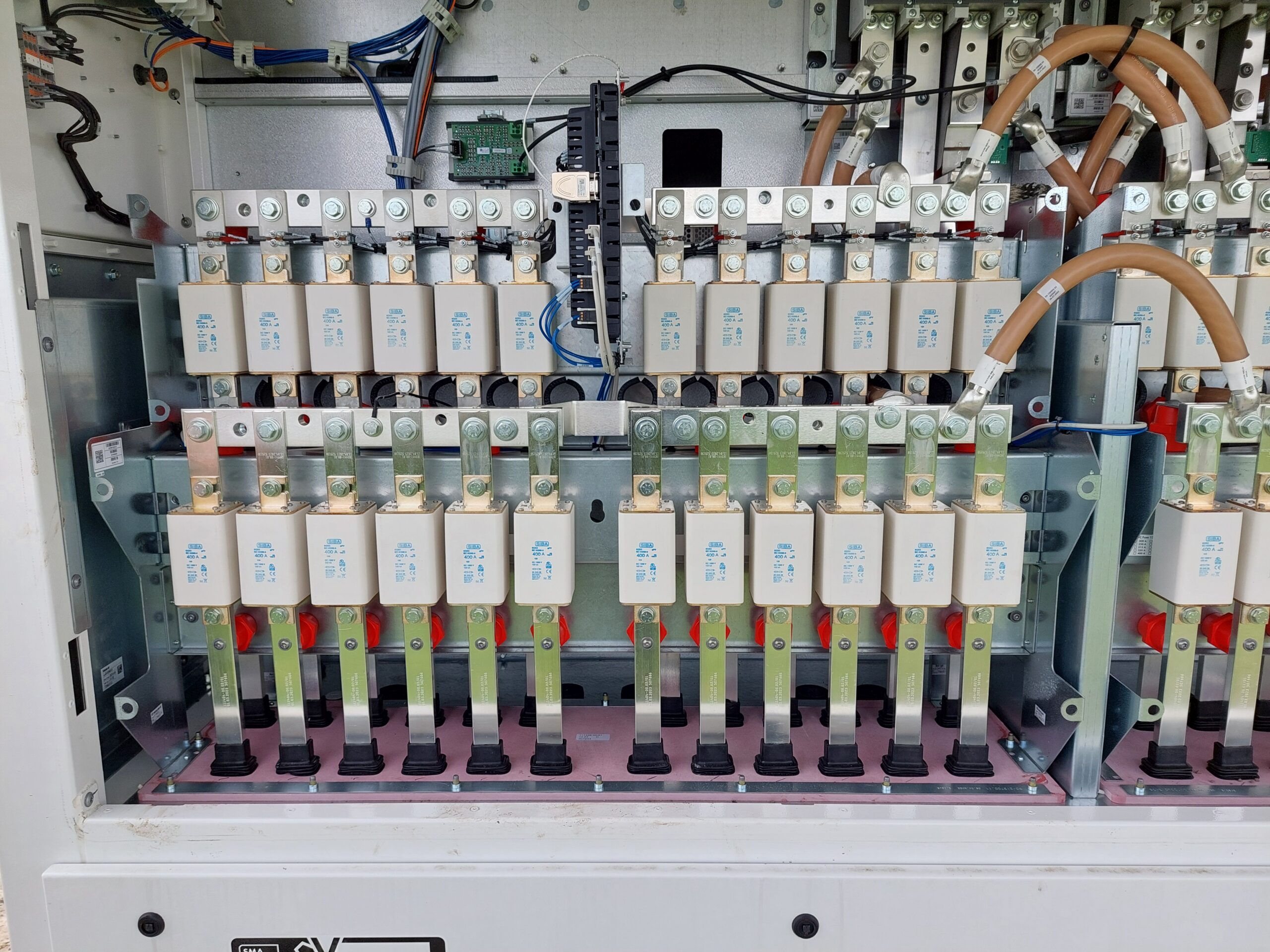
How does a Scope 8 inspection work?
- Preparation: Submit necessary information.
- Inspection plan: A plan is drawn up as the basis for the inspection.
- On-site inspection: Inspection of installations.
- Reporting: Findings and recommendations.
- Repairs: Carry out any repairs to improve fire safety.
- Re-inspection: If necessary, reinspection after repairs.
- Sign-off: Sign-off in the SCIOS portal with or without findings.
- Passed: You receive your Scope 8 certificate.
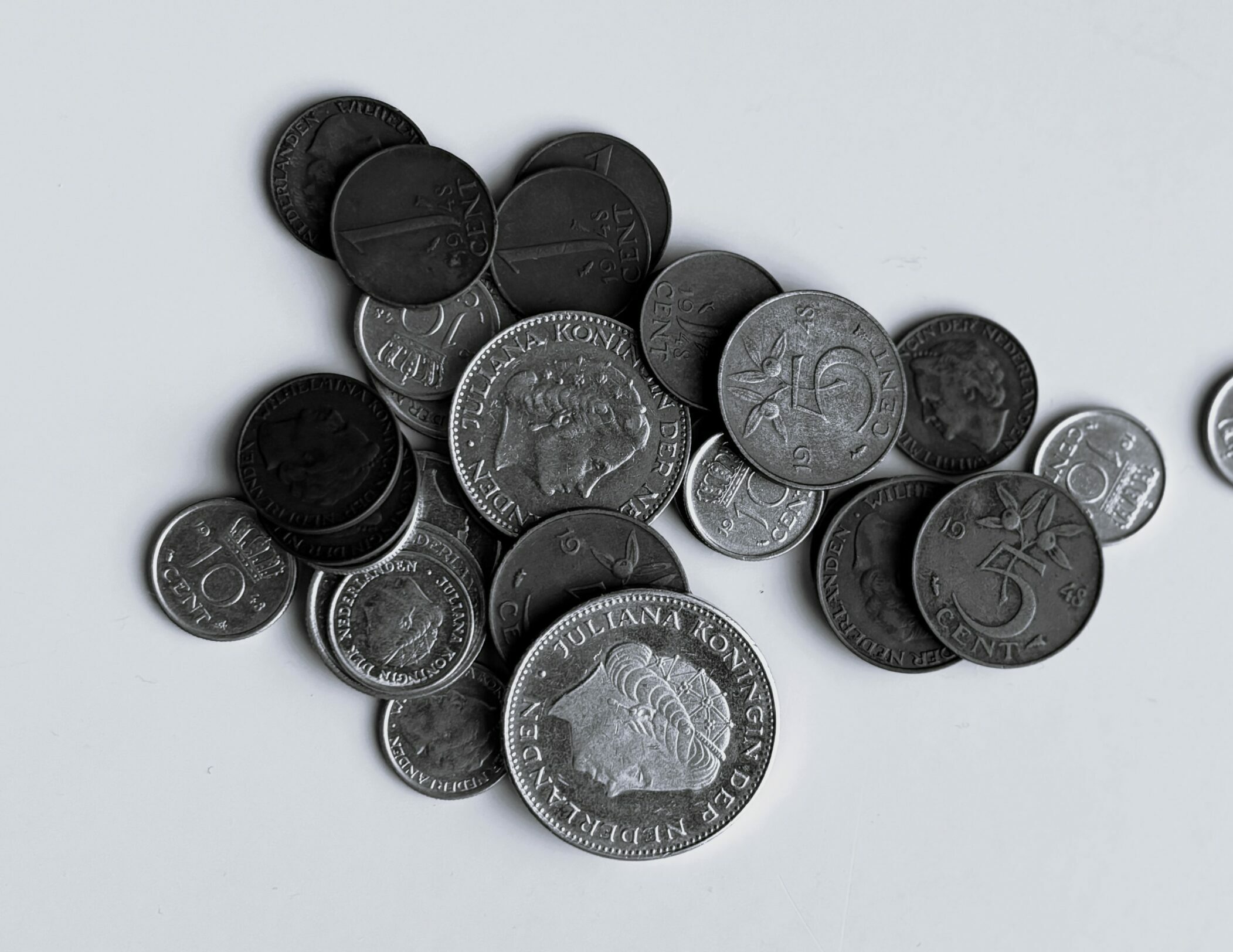
What does a Scope 8 inspection cost?
The costs depends on:
- the sector in which you operate
- the size of your electrical equipment
- the use of your equipment
- the total gross floor area of your company; and
- the number of distribution devices
Is your premises properly insured against fire?
Do you doubt whether your current property insurance offers sufficient cover? Or are you looking for a policy that really suits your situation?
Our experts analyze your risks and advise you on the best solution, so you can continue your business with peace of mind.
Frequently Asked Questions
Make sure all electrical systems are easily accessible for inspection, carefully document previous inspections and maintenance work, and check that all electrical equipment functions correctly and complies with the applicable standards.
Deficiencies must generally be resolved within 3 months. If this is not possible, consult with your insurer. After resolving the issues, a re-inspection is required. This can be either a documentary review or an on-site re-inspection.
A Scope 8 inspection may only be carried out by inspection companies certified for Scope 8 by SCIOS.
Scope 8 and Scope 10 inspections are similar, but have a different purpose. Scope 8 focuses on occupational safety (NEN 3140), while Scope 10 assesses fire safety (NTA 8220).
Every 3 to 5 years, depending on the condition of the installation, and no later than 3 years after issuance of the NEN 1010 commissioning certificate. Your insurance policy will specify the required interval.
No, but many insurers require a Scope 8 inspection before approving a fire insurance policy. Additionally, the inspection helps prevent electrical fires.




